Species of community interest of the Park
According to the Habitats Directive (92/43 / EEC), species of Community interest are defined as those species which, as indicated in Annexes II, IV, and V, are in the territory of the European Union alternatively:endangered with the exclusion of those whose area of natural distribution extends marginally over the territory of the European Union and which are neither endangered nor vulnerable in the western Palearctic area;
vulnerable, when their passage into the category of endangered species is considered likely in the near future, if the factors underlying this risk persist;
rare, when the populations are small and, even if they are not currently in danger or vulnerable, they risk becoming so regardless of their territorial distribution;
endemic and require special attention, due to the specificity of their habitat or the potential impact of their exploitation on their conservation status.
These include the priority species (*), or species for which the European Union has a particular responsibility, due to the importance of their natural distribution area. Referring to the list of species of Community interest indicated in Annexes II, IV and V of the Habitats Directive, and those included in Annexes I and II of the Bird Directive, the following is a list of the animal species present within of the Park Sites. The chart shows the current state of knowledge. It is possible to download the species table, extrapolated from the Research Notebook dedicated to the Natura 2000 network.
Within the Park, 79 animal species of community interest can be observed, of which 4 are priority (Canis lupus, Euplagia quadripunctaria, Osmoderma eremita, and Rosalia alpina), whose presence has been validated on several occasions, thanks to the various researches carried out within the Protected area over the years. Not listed are those species whose presence is linked to occasional events, such as the Lesser Eagle, Griffon, Black Stork, Lanner, Red Heron. These include the Osprey, which has been listed and counted. The choice was dictated by the fact that, in recent years, a specimen was observed with a certain regularity flying and hunting in the reservoir of Ridracoli, during the migratory period, and this could be an interesting push to follow the progress of the event.
The presence of 4 attached plant species is also noted: Himantoglossum adriaticum, inserted in All. II and Lycopodium annotinum, L. clavatum, and Galanthus nivalis, in All. V. The mentioned lycopods, although included in Annex V, represent a real rarity for the Park, since the few stations present represent the southern limit to the distribution range of the species in Italy.
For further information, download the summary table.

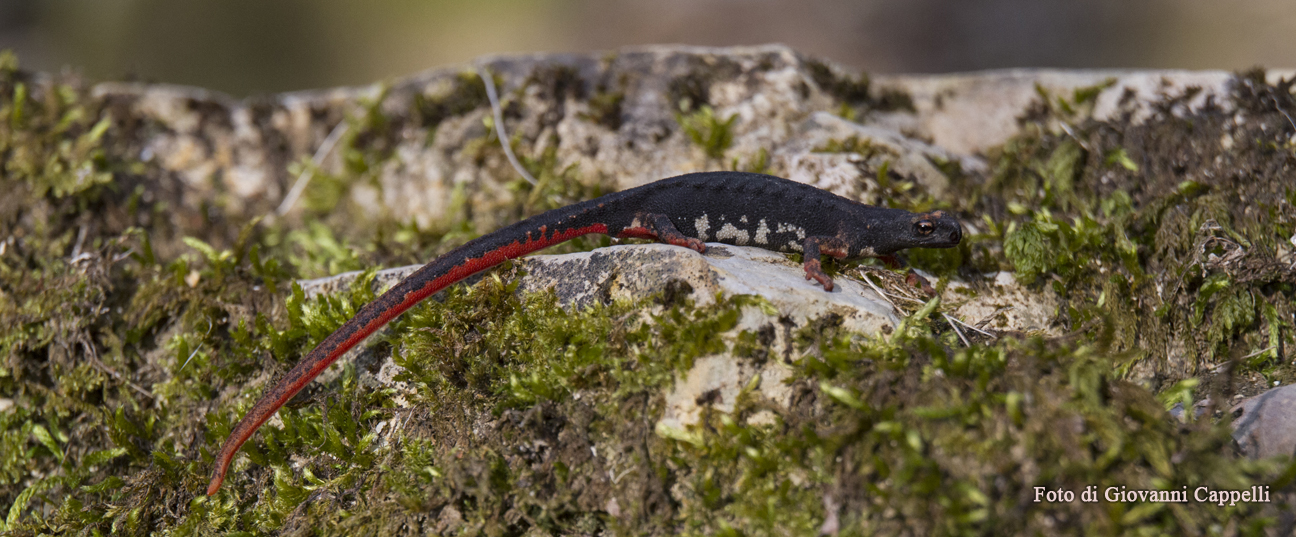

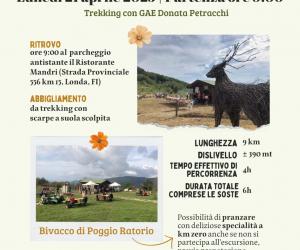
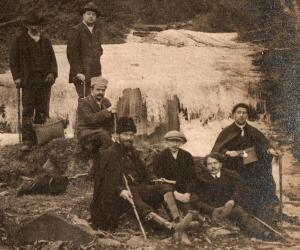
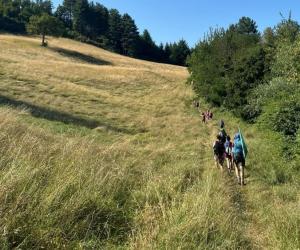
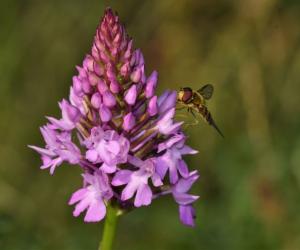
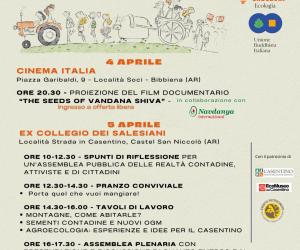



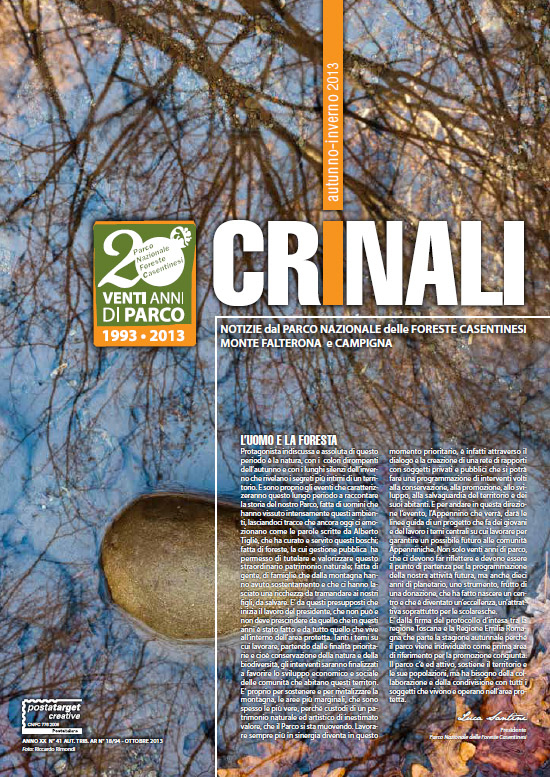
 Integra Solutions
Integra Solutions